Strollers
insulin resistance diet what to eat and why, intermittent fasting before and after, mastering diabetes, mastering diabetes insulin resistance, mastering diabetes review, nutraceuticals and functional foods, nutrition, nutrition hacks for busy people, whole food plant based nutrition
babymari.com
Mastering Formula Feeding: Essential Tips for Optimal Nutrition and Convenience
Formula feeding provides a reliable and convenient alternative to breastfeeding for parents who choose or need to supplement or exclusively feed their infants with formula. While breastfeeding offers unique benefits, formula feeding can still ensure that babies receive the necessary nutrition for healthy growth and development. However, navigating the world of formula feeding requires careful consideration of various factors, from choosing the right formula to maintaining proper hygiene during preparation and feeding.
Table of Contents

Introduction to Formula Feeding
Formula feeding involves providing infants with commercially prepared infant formula as a substitute or supplement to breast milk. It provides a viable option for parents who are unable to breastfeed or choose not to do so. Modern infant formulas are designed to mimic the nutritional composition of breast milk, containing essential nutrients such as proteins, carbohydrates, fats, vitamins, and minerals.
Choosing the Right Formula
Types of Formula
Infant formulas come in three primary forms: powdered, concentrated liquid, and ready-to-feed. Each type has its advantages and considerations, such as convenience, shelf life, and cost. Parents should consult with pediatricians to determine the most suitable formula for their baby’s specific needs.
Considerations for Selection
When choosing a formula, factors to consider include the baby’s age, any existing medical conditions or allergies, and personal preferences. Specialized formulas are available for infants with specific dietary requirements or sensitivities, such as hypoallergenic or lactose-free options.

Essential Equipment
Bottles and Nipples
Selecting the right bottles and nipples is crucial for comfortable feeding and minimizing air ingestion, which can lead to gas and discomfort. Options include various bottle shapes, sizes, and materials, as well as nipples with different flow rates to match the baby’s feeding pace.
Bottle Sterilizer
Maintaining proper hygiene is essential when preparing formulas. A bottle sterilizer or sterilizing solution can effectively eliminate harmful bacteria and ensure that feeding equipment is safe for use.
Formula Dispenser
A formula dispenser allows for convenient and accurate measurement and storage of powdered formula when on the go. It minimizes the risk of contamination and ensures that the correct amount of formula is prepared each time.
Mastering Formula Feeding
Preparation and Storage
Mixing Formula
Follow the manufacturer’s instructions carefully when preparing the formula to ensure the correct ratio of water to powder. Proper mixing is essential for providing the baby with adequate nutrition and preventing digestive issues.
Storing Prepared Formula
Store the prepared formula in the refrigerator and use it within a specified timeframe to prevent bacterial growth and spoilage. Discard any unused formula after feeding to maintain freshness and safety.

Feeding Techniques
Holding Techniques
Practice proper positioning and holding techniques during feeding to promote bonding and prevent choking or aspiration. Cradle, cross-cradle, or football holds are common positions that provide support and comfort for both the baby and the caregiver.
Feeding Schedule
Establishing a consistent feeding schedule helps regulate the baby’s appetite and promotes healthy growth and development. Feedings should be spaced evenly throughout the day, with infants typically consuming smaller, more frequent meals compared to older children.

Safety Precautions
Temperature Testing
Always test the temperature of the formula before feeding to ensure that it is neither too hot nor too cold, which can cause discomfort or injury to the baby’s mouth and throat. Use a clean finger or wrist to check the temperature before offering the bottle to the baby.
Proper Hygiene
Maintain strict hygiene practices when handling formula and feeding equipment to prevent contamination and reduce the risk of illness. Wash hands thoroughly before preparing formula, and sterilize bottles, nipples, and other accessories regularly.
Troubleshooting

Dealing with Gas and Colic
Gas and colic are common concerns among formula-fed babies and can cause discomfort and distress. Experiment with different bottle types, feeding positions, and burping techniques to alleviate symptoms and improve comfort.
Handling Spit-ups
Spitting up is a normal occurrence in infants, but excessive or forceful spitting may indicate underlying issues such as reflux or feeding intolerance. Keep the baby upright after feeding, and consider consulting a pediatrician if spit-ups persist or worsen.
Traveling with Formula

Portable Solutions
When traveling with a formula-fed baby, portable feeding solutions are essential for convenience and practicality. Pack pre-measured formula portions, bottled water, and feeding supplies in a diaper bag or travel case for easy access and use on the go.
Tips for Traveling Parents
Plan ahead and anticipate the baby’s feeding needs during travel by ensuring access to clean water and suitable feeding areas. Pack extra formula and supplies in case of unexpected delays or emergencies, and familiarize yourself with local resources and amenities at your destination.
Transitioning to Solid Foods
Introducing Solids
As the baby grows and develops, gradually introduce solid foods alongside formula feeding to meet increasing nutritional requirements. Begin with single-ingredient purees or soft foods and gradually progress to more complex textures and flavors.
Weaning off Formula
Transitioning from formula to solid foods is a gradual process that varies for each baby. Start by replacing one formula feeding with a solid meal and gradually increase the proportion of solid foods while reducing formula intake until the baby is ready to transition to a fully solid diet.
Cost Considerations
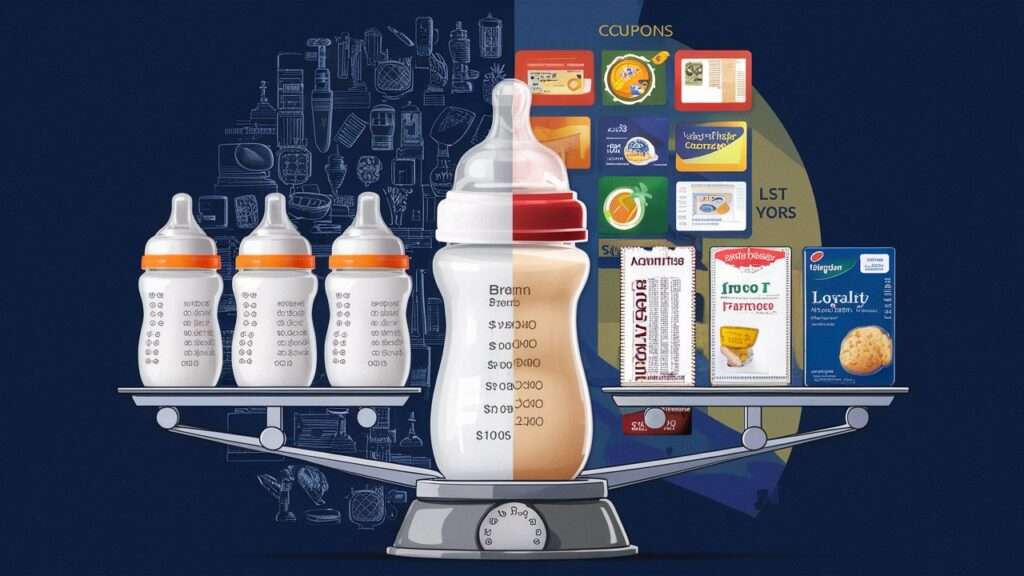
Budget-Friendly Options
Formula feeding can be costly, especially for families on a tight budget. Look for cost-effective options such as generic brands or bulk purchases, and consider enrolling in loyalty programs or using coupons to save money on formula purchases.
Saving Tips
Maximize savings by purchasing formulas in bulk or taking advantage of sales and discounts offered by retailers. Compare prices across different brands and stores, and consider alternative feeding options such as breastfeeding or homemade baby food to reduce expenses.
Health Considerations
Allergy Management
Infant formula allergies can manifest as digestive issues, skin rashes, or respiratory symptoms and may require specialized formulas or dietary adjustments. Consult with a pediatrician if you suspect that your baby has an allergy or sensitivity to formula ingredients.
Nutritional Needs
Ensure that the chosen formula meets the baby’s nutritional needs and is fortified with essential vitamins and minerals for healthy growth and development. Regular check-ups with a pediatrician can help monitor the baby’s growth and nutritional status and address any concerns or deficiencies.

Social and Emotional Support
Connecting with Other Formula Feeding Parents
Seek support and guidance from other formula-feeding parents through online forums, support groups, or community organizations. Sharing experiences and tips with fellow parents can provide valuable insights and reassurance during the formula-feeding journey.
Handling Criticism
Formula feeding is a personal choice, and parents may encounter criticism or judgment from others regarding their decision. Stand firm in your decision and prioritize the baby’s health and well-being above external opinions or pressure.
Environmental Impact
Eco-Friendly Practices
Reduce the environmental impact of formula feeding by opting for eco-friendly packaging and reusable feeding accessories whenever possible. Recycle empty formula cans and bottles, and minimize waste by preparing only the amount of formula needed for each feeding.
Recycling Options
Check with local recycling facilities or programs for guidelines on recycling formula cans and packaging materials. Proper disposal and recycling contribute to sustainability efforts and help minimize the carbon footprint associated with formula feeding.
Conclusion
Formula feeding provides a practical and reliable option for parents who choose or need to supplement or exclusively feed their infants with formula. By selecting the right formula, maintaining proper hygiene, and implementing safe feeding practices, parents can ensure that their babies receive the necessary nutrition for healthy growth and development.
FAQs
- Is formula feeding safe for my baby?
- Yes, formula feeding is a safe and nutritionally adequate alternative to breastfeeding for infants who cannot or do not breastfeed.
- How do I know which formula is best for my baby?
- Consult with a pediatrician to determine the most suitable formula based on your baby’s age, dietary needs, and any existing medical conditions or allergies.
- Can I mix breast milk and formula?
- It is generally not recommended to mix breast milk and formula in the same bottle due to differences in composition and digestion rates. However, you can offer them separately during feedings if desired.
- What should I do if my baby refuses formula?
- Try offering different formulas, temperatures, or feeding techniques to encourage acceptance. If refusal persists, consult with a pediatrician to rule out underlying issues.
- How do I store the formula properly?
- Store prepared formula in the refrigerator and use it within 24 hours to prevent bacterial growth. Follow manufacturer’s guidelines for storing unopened formula containers in a cool, dry place.
Share this content:
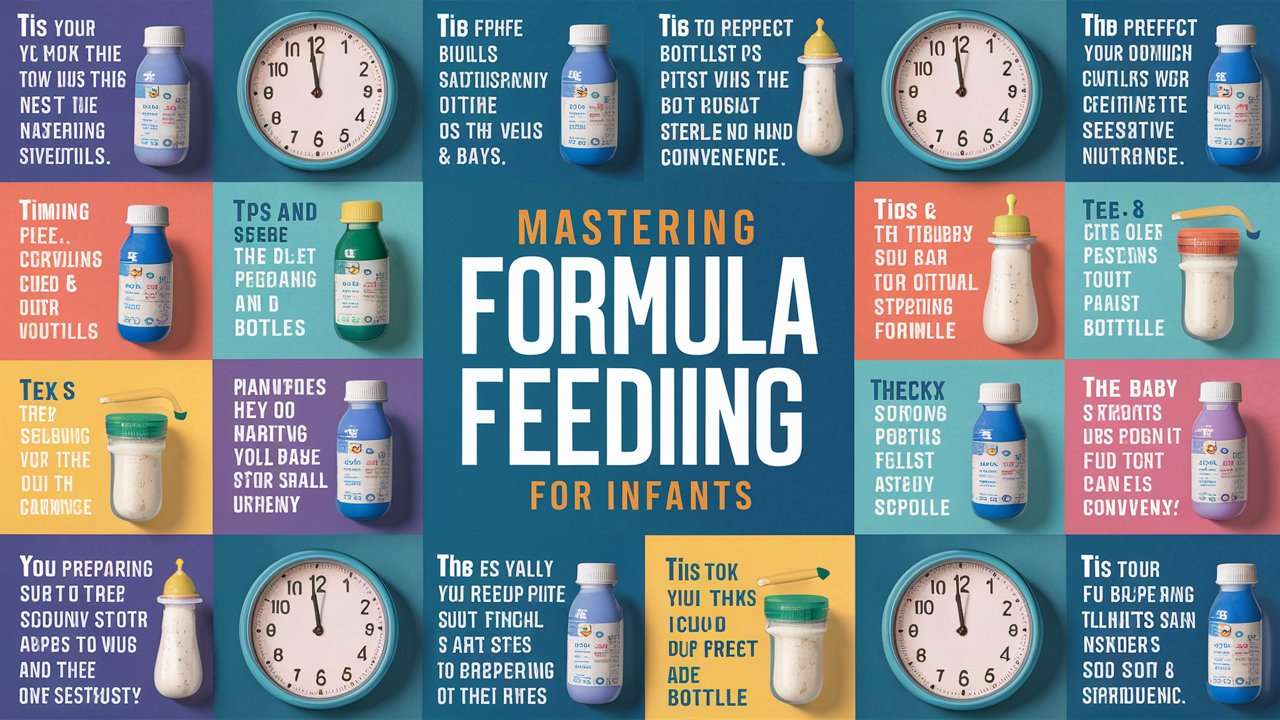
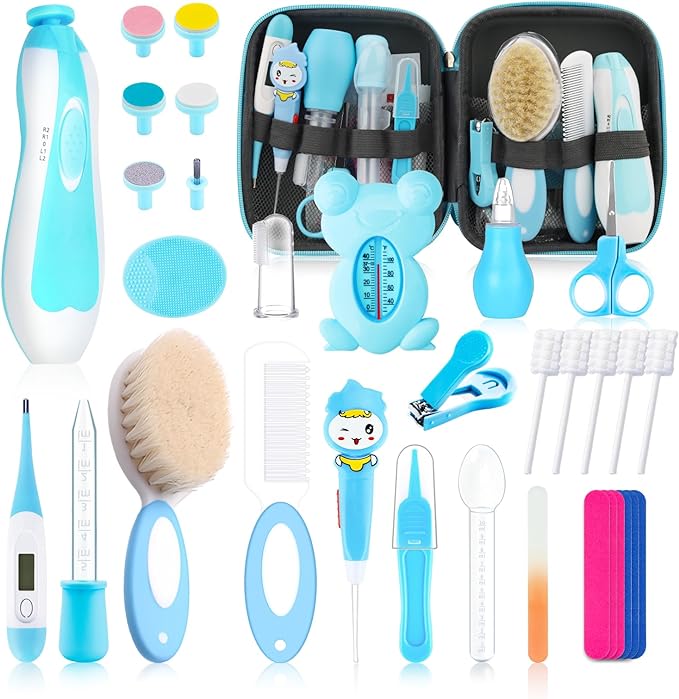
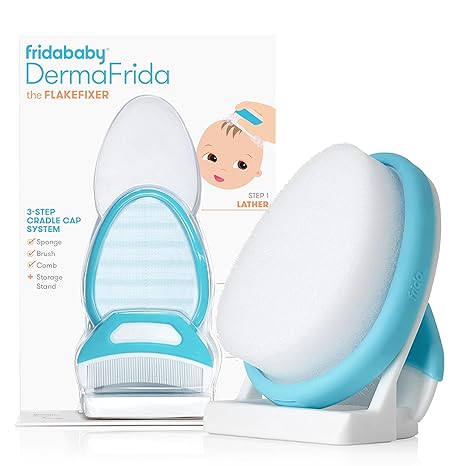
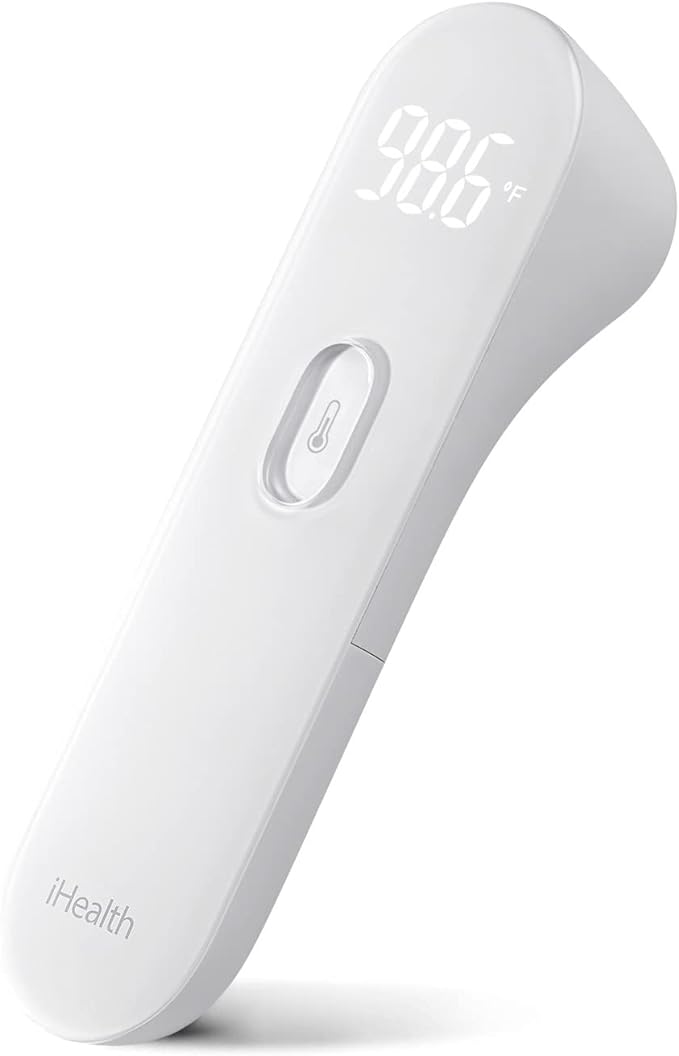
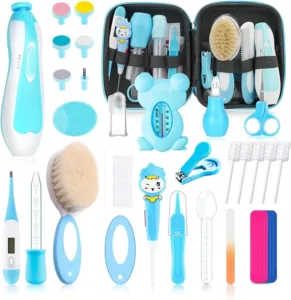
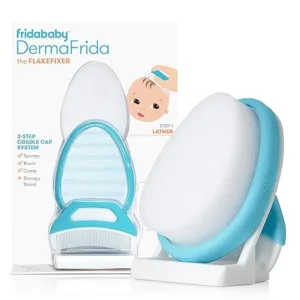


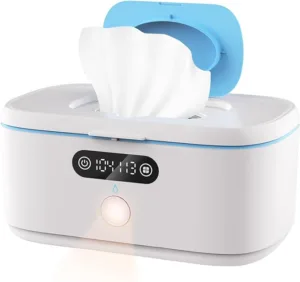
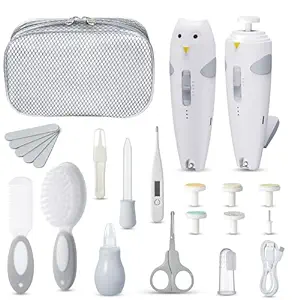



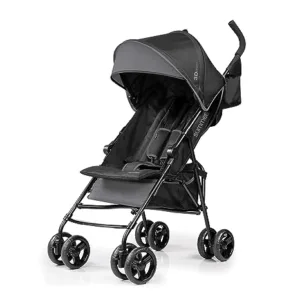
Post Comment